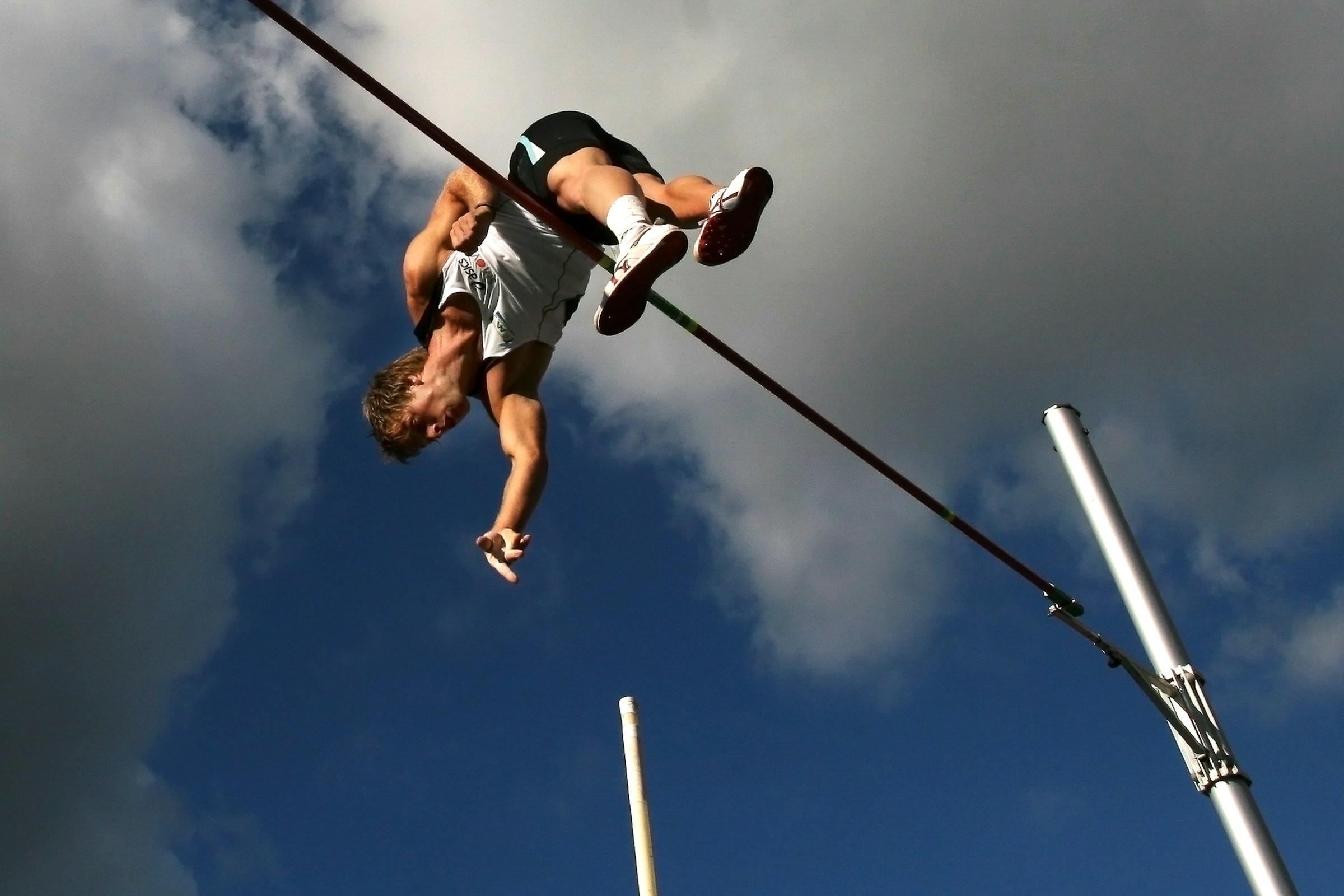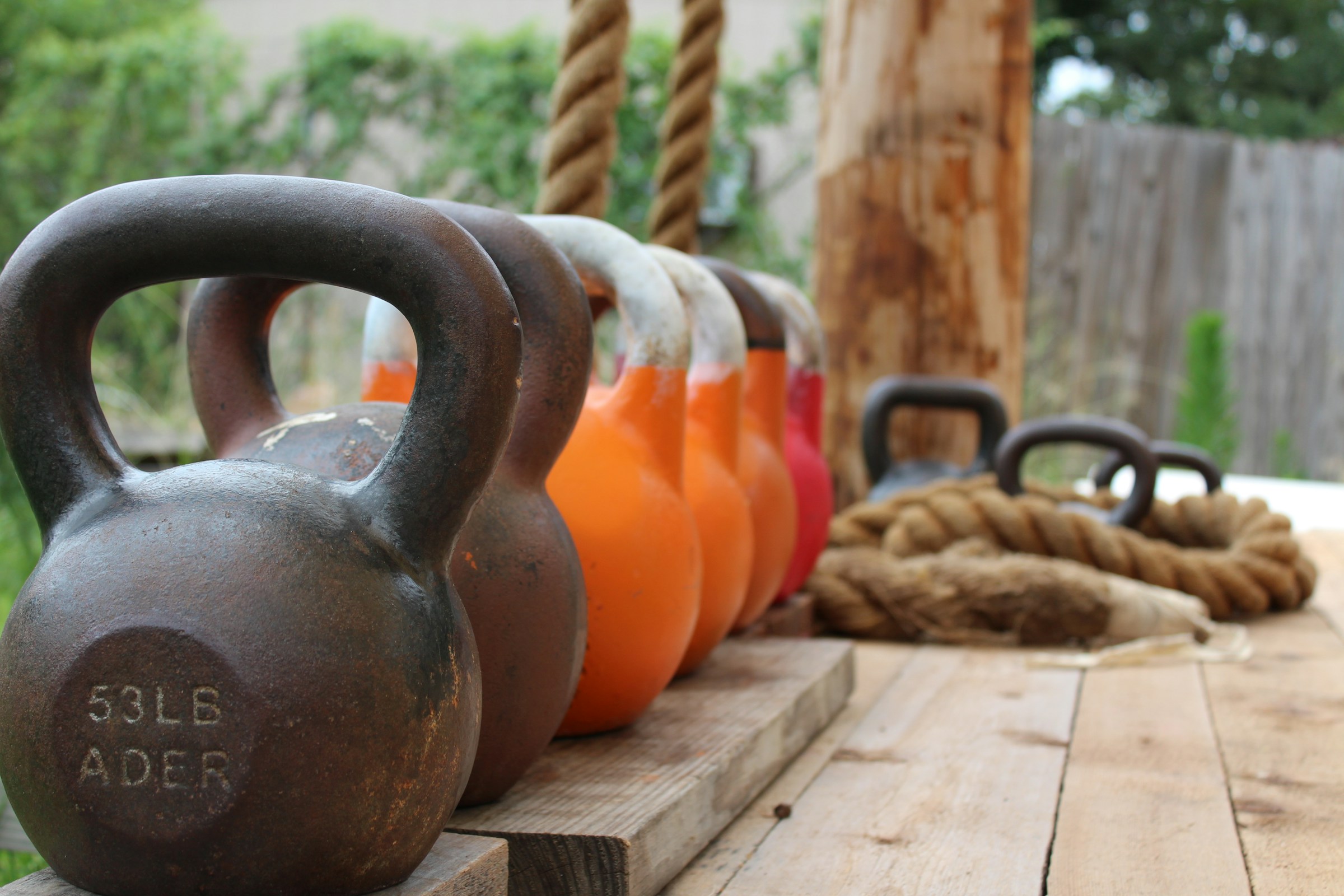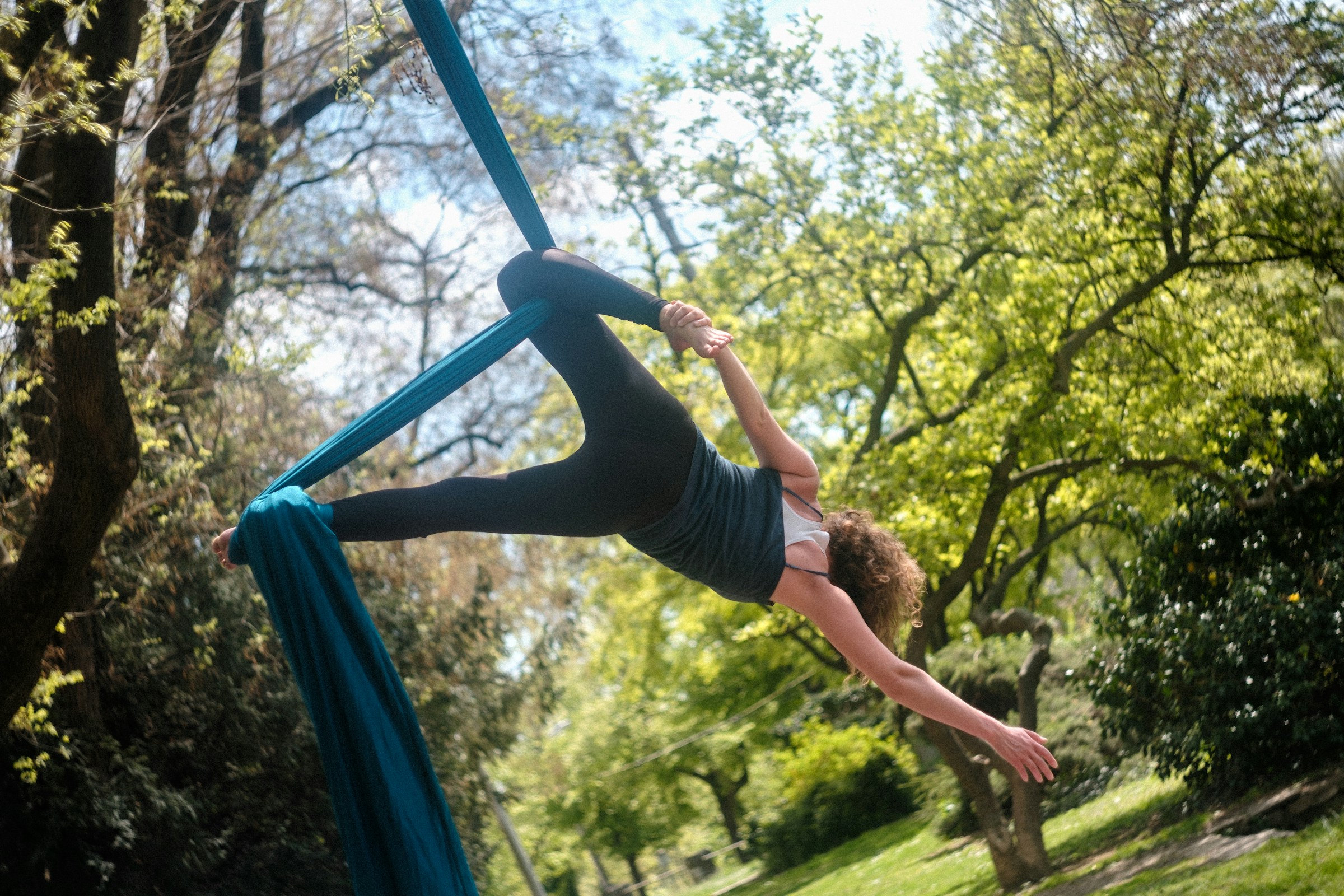Shin splints in track athletes is a very common complaint. This is also known as medial tibial stress syndrome. This is a condition that can decrease your performance as a jumper or runner and can be addressed through natural and conservative methods most of the time. Shin splints often refers to pain in the inside of the shin bone and typically gets worse with exercise and better with rest. If ignored stress fractures can occur.
What Causes Shin Splints in Track Athletes
Shin splints in track athletes is thought to be caused by overuse and increasing your training load too quickly. There is also often improper biomechanics through the feet and ankles due to muscular imbalances. Jumping events require an enormous amount of force through the feet and ankles. This force reveals any weaknesses that may be present. Often when someone begins sprinting or jumping, they are doing many more explosive jumps and landings on their feet than they are used to. This extra stress they are putting on their legs makes recovery much more important and if recovery isn’t up to par, then the body can’t keep up with the increased load. This leads to the imbalances in muscles to begin to pull harder on the bones than usual and leads to inflammation where the muscles attach. The connective tissue of your bones, called periosteum, is pulled away and causes inflammation and mild swelling in the area. This is also why it hurts when you touch that area.
The muscles most commonly imbalanced are the triceps surae (soleus, gastrocnemius), posterior tibialis, and anterior tibialis. Posterior and anterior tibialis act to help support the arches of the feet and weakness in these leads to a collapsed arch and overpronation. The triceps surae muscles are the main muscles you use when jumping and sprinting. Often the triceps surae become over tight because of weakness in the posterior and anterior tibialis. It is important to keep a good balance in the strength of all these muscles as when they are working in perfect harmony running and jumping will feel much smoother. These muscles are highly susceptible to stress and are often the first to become weak when we are under excess stress, whether it is physical, chemical, or mental.
How to Prevent Shin Splints in Track Athletes
To prevent shin splints in track athletes they are often under recovering and should look to correct parts of their lifestyle to ensure they can recover as much as they train. Here are some aspects of health to look at to ensure better recovery:
- Sleep: Everyone talks about it, get 7-8 hours of high-quality, uninterrupted sleep every night. It is not normal to struggle to fall asleep or stay asleep at night. Hint: If you’re waking up in the middle this is often due to low blood sugar at night, eat more!
- Food: Make sure you are getting nutrient dense food and a good balance of macros. As an athlete don’t be afraid to eat more carbs, just make sure to pair them with healthy fats and an animal-based protein. Hint: You should get a minimum of 1.5 grams of protein per kilogram of body weight (i.e., A 150lb person should get ~100 grams of protein).
- Stress: As the saying goes, “Don’t sweat the small stuff”. Emotion and mental stress can sometimes be much harder to avoid but find some time to let your brain rest. Practice slow quiet nasal breathing every day, journal, talk with friends, family, or a counselor.
As mentioned earlier weakness in the muscles that support your arch often cause the improper biomechanics that leads to shin splint, as well as other foot conditions like plantar fasciitis. One of the best ways to strengthen these muscles and your arch is to begin walking around barefoot and get a barefoot-style pair of shoes for when you can’t be barefoot. Read more about the benefits of being barefoot here. If you are transitioning from a traditional shoe, start with short walks barefoot and work your way up from there. You need to give your muscles, tendons, ligaments, and bones time to adapt. As your arch strengthens your running and jumping should start to feel “springier” (one of the ligaments that support your arch is called the spring ligament).
How to Treat Shin Splints in Track Athletes
The first step to treat shin splints in track athletes is to correct the structural imbalances in the foot. At home you can try feeling along your calf muscles for trigger points and sore spots in the muscle belly. Avoid the areas that are already inflamed these typically aren’t where the cause of your problem is at. Make sure you are eating enough nutrient dense food and sleeping well. Barefoot walking can prevent and reduce shin splint pain, just make sure you ease into it.
In my office this involves very specific testing of the muscles in the foot and ankle to determine the weak or tight muscles. I would then look for what may correct that imbalance. Often the correction will be myofascial therapies to injured muscles. Other times it may be the under-recovery aspect and I will recommend specific nutrients to help improve recovery.
As an ex-pole vaulter shin splints are what pushed me down the path of healthcare. I saw how much it impacted my own and my teammates performance. One of my teammates got a terrible stomach ulcer from taking too much ibuprofen to deal with the pain. I would like to stop this from happening to as many athletes as I can, so you can get back to jumping to new heights!















Leave a Reply
You must be logged in to post a comment.